The COVID-19 pandemic continues to shift consumer behaviors and related industries. Online shopping is seeing explosive growth (doubling from a record-breaking year in 2019 to 2020), which is increasing the need for industrial warehouses and last-mile warehouses (1).
Every 1% of increased online sales translates to a demand of 54 million square feet in warehouse space.
(2)

Retailers holding inventory used to be a “bad word in the logistics business” (3) but as consumers have demonstrated their desire to have a constant supply of items like toilet paper, hand sanitizer, and canned goods, the need for inventory space increases.
Transportation can make up to 50% of supply chain costs (4), so last-mile warehouses are all about location. Cardboard boxes and perishable items cannot travel economically more than 400-500 miles requiring warehouses to be close to the end-user and populated areas (5). Many of these last-mile warehouses also require significant amounts of parking; some have only 150,000 square feet of warehouse with 1,500 parking spaces. “Never before has an industrial requirement dictated this level of parking” (5).
Another enhanced demand for industrial spaces? Cold storage. The COVID-19 vaccine requires an “exceptionally low” temperature of negative 70 Celsius (-94 Fahrenheit) (6), which means even the transportation of the vaccine will have to be regulated. Temperature-controlled storage and shipping used to be a “relatively sleepy corner” of the healthcare and industrial industries but has always been one of the tightest subsectors of industrial real estate with only 2% vacancy nationally (7). As the vaccine is distributed, healthcare facilities and shipping companies like FedEx and UPS are going to continue to drive huge demand for cold storage space. The cold chain has always existed, “the vaccine just made the sheer size of it bigger” (6).

Sources:
- CREJ | 2. D Magazine | 3. Bisnow | 4. Bisnow | 5. CREJ | 6. The New York Times | 7. BizJournal







